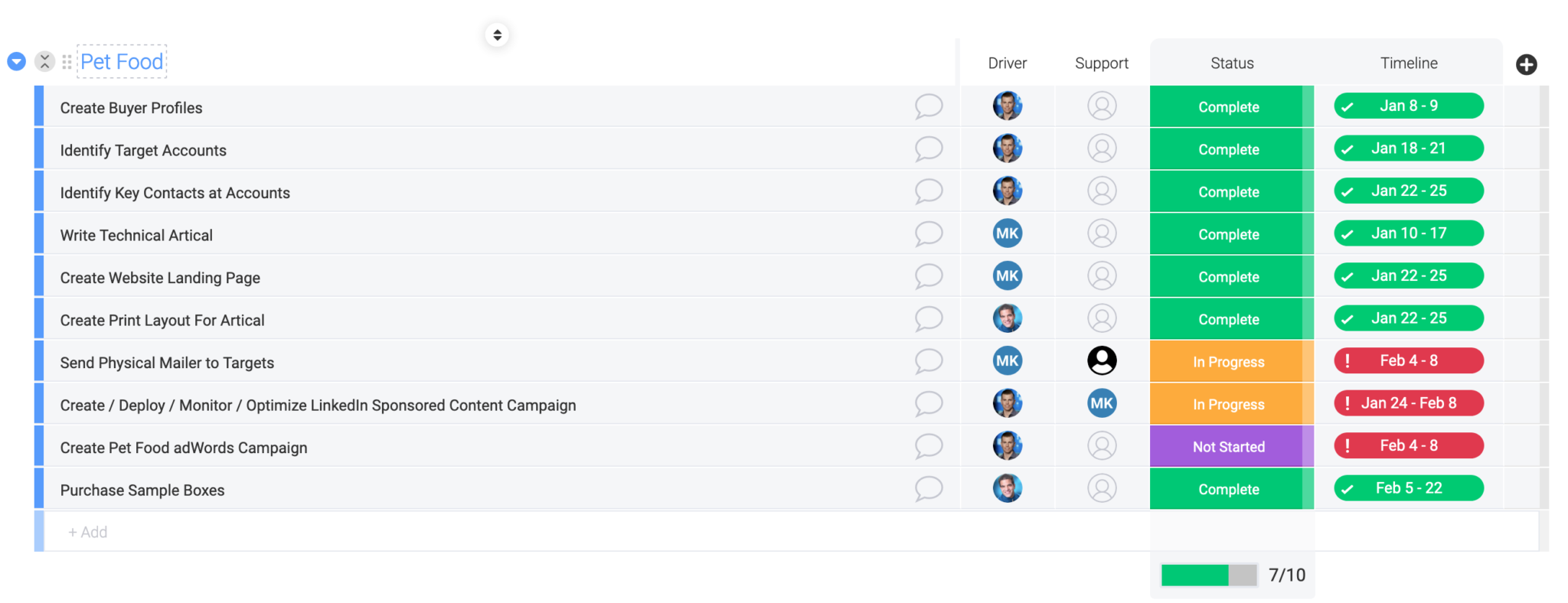Systems and Processes
Any system or process is only as good as the follow through. Maybe its a cliche, but you can have the best system in the world, but if no one uses it correctly, or at all, the system is worthless. In the past, I have been involved in a few rounds of process mapping for a variety of functions, and some, if not most of the people involved in the creation of these maps readily admit that they need them done and no one needs to use them. What?
So apparently we are all ok with the fact that multiple people are creating work for themselves and others that serves no purpose. If you need these maps for a certification like ISO or the like, I get it; you need to get them done. Why not make them useful also?
I want to think that if we’re going to spend time creating a process, it will be the process we follow and enforce the use from other people in the organization. I also believe that you can influence this behavior from any position within the company. Let’s say that you are a marketing coordinator for a medium-sized business and there are three other people in the marketing department, you being lowest on the totem pole. If no process exists for handling tradeshows, you can create one. Use a tool like Lucidchart or Vizio to create a map and then present to the other people to make sure there is stakeholder buy-in. Then, when it comes time for someone to help you, you refer to the process map and use that as a guide. You’ve now influenced another person to use a plan and a standard process.

Monday.com. Task and team management software that lets you keep an eye on your projects.
Process and People
This whole thing gets a lot easier if you are the one running the department, but you should remain conscious of how other people think. Get them to create the processes so enforcing their use becomes much more comfortable. In my earlier post (First Draft: Swimlane), I show how I began creating the Buyer-Based Marketing system. It started with a process describing my every-day activities; that way, I can easily refer to a position on the map for every project we’re working on. Also, these types of plans can be used to define the criteria in any project planning application (like Monday or Asana).
The benefit of always being able to explain yourself holds many virtues. You can rely on processes to obtain, maintain, and make use of stakeholder resources. You never have to stumble through an answer to a question that pertains to what your work.

Strategy for Finishing
Even more significant than the ability to answer questions and obtain buy-in, is the ability actually to get more done. For me, the easiest way to get this exercise off the ground is to set up a system for my systems. You’ll need a few different things to get started:
1. Process mapping software (Vizio, Lucidchart, SmartDraw)
2. Project management software (Asana, Monday)
3. Some effort
I know some teams use slack and other communication tools to create a system of communication, but where those types of tools fall off is explaining yourself, the position of projects, and the ability to hold yourself and other people accountable.
Stick with it, in the event you have to get other people to come along for the journey, make sure you’re walking the walk. Use the systems, create your own process for your processes. Make other people use the methods. Show the value in using a system, and life becomes pretty easy.
Stay tuned for our post about setting up processes and incorporating their use into your every-day lives.




